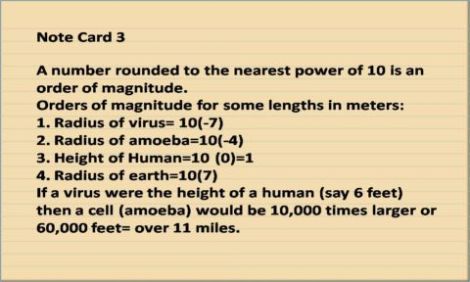By Jim Porto
I recently read a fascinating little (literally) book on the biology of cancer written by Robert A. Weinberg (One Renegade Cell), who is a superb science writer and by all account a superb researcher in cancer. I am about 20% of the way through his comprehensive and, I believe standard-setting text, on the biology of cancer published in 2007 (The Biology of Cancer, Taylor and Francis Group). The overall impression given by Weinberg is that the biology of cancer is extremely complex but we are making progress mapping out the many “system failures” that lead to cancer tumor formation. As he says, cancer is a disease of damaged genes that disrupts the checks and balances of our biological system.
Since the scales of the components of cell biology are so small, it is difficult to get a fix on their relative sizes. Using orders of magnitudes and scaling up helps visualize relationships. So, for example if a virus were 6ft tall, then a cell would have a diameter of almost 11 miles! If my house were the nucleus then a circle drawn around it with a radius of 5.5 miles constitutes the cell boundary. If we assume that cells also have some height, then the space encompassed by the cell is vast compared to the sizes of many of the factors circulating within the body. As an example, the cell “communicates” with the extra-cellular world through receptors on the surface of the cell. Receptors are activated by factors that bind to them. In the scaled-up world, a receptor is between the sizes of a coffee cup and a small chair. We can now imagine millions of coffee cups with wires hanging on them placed on the surface of our town-sized cell. If a virus were to enter the cell, it would be like a man crossing the 5.5 mile boundary around my house. No doubt this man-size virus would be heading to my house to find my computer so that he could re-program my settings!
